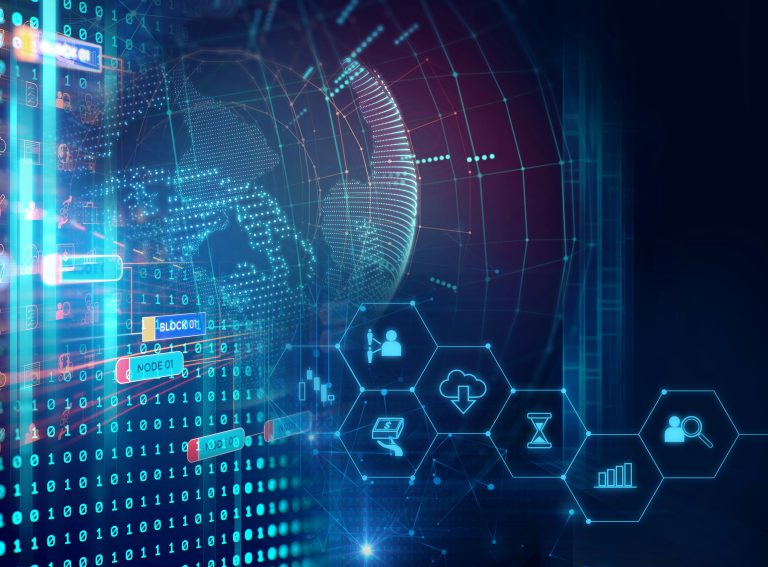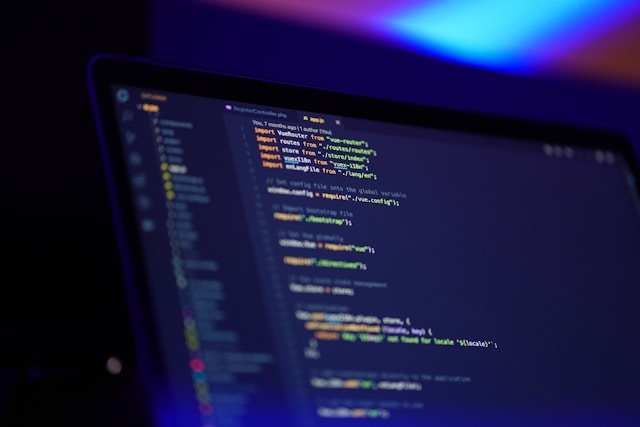
The Covid-19 pandemic has reshaped the world in significant ways. Remote work has become an integral part of the current workforce and is here to stay. A study published by Pew Research suggests that the number of individuals working from home soared to 71% during the Covid-19 outbreak, up from nearly 20% before it. In addition, almost 54% of employees say that they’d like to continue to work from home in some form even after the pandemic has subsided.
Work-from-home may have rendered life more manageable for millions worldwide, but it has also exposed individuals and organizations to new challenges. Since remote work almost often involves digital devices, companies had to increase investment in cybersecurity during the pandemic.
Over the past two years, it has become clear that enhanced digital security measures have become central to business operations, regardless of the location of those operations. There’s also a dire need for IT divisions to proactively address emerging challenges on the horizon instead of waiting for them to manifest and cause long-term damage to intellectual property.
The Federal Bureau of Investigation (FBI) recorded a rapid increase in cybersecurity complaints since the beginning of Covid-19. Shockingly, the growth had nearly quadrupled from previous rates. A recent survey conducted by Fudo Security revealed that of a diverse group of global IT leaders, over 40% agreed that the pandemic has significantly modified their cybersecurity priorities. Over a quarter of them stated that their organizations had been victims of vicious cyberattacks over the past couple of years.
In 2022, some of the significant cybersecurity threats organizations could face include hacking, phishing, and supply chain risks.
Termed as one of the most significant cybersecurity threats, hacking refers to exploiting a private network or digital system to obtain unauthorized information. Hacking puts an organization’s reputation at risk and exposes valuable and sensitive information. In severe cases, it can also lead to a significant legal crisis. In 2020, Verizon conducted a study on over 4000 data breaches and discovered that almost 50% of them emerged from hacking.
Phishing is another rapidly increasing cybersecurity threat in the 21st century. It involves sending out malicious files and misleading communication that appear to come from an authentic source but, in reality, is supposed to enter the system and steal data. Some of the most common files employed for phishing look like windows executables, java files, and compressed documents.
As organizations expand their business operations, they tend to involve more third-party vendors in their internal digital systems. This puts companies at the increased risk of threats that may enter the network through weak defense systems of the vendors. In 2017, one of the world’s biggest shipping container company Maersk Line had to pause operations in over 76 ports due to an attack in their supply chain network.
Considering the ever-evolving complexity of cyberattacks, a proactive approach to the future of cybersecurity is the need of the hour. Cybersecurity expert Christian Espinosa is leading the way in creating a more secure digital future.
Currently serving as the Managing Director at Cerberus Sentinel, Christian Espinosa is the Founder of Alpine Security. As a seasoned professional in the cybersecurity world, he possesses a keen interest in Internet threats. Christian Espinosa believes that the current cybersecurity infrastructure is no longer adequate to address the growing menace of cyberattacks. He also suggests that traditional cybersecurity methods where experts work in silos to devise mysterious solutions stand obsolete. For Christian Espinosa, a collaboration between business leaders and employees is the best way to address cybersecurity challenges in the contemporary digital landscape.
Christian Espinosa’s secret recipe for reforming the cybersecurity sector is emotional intelligence. He even stresses in his book “The Smartest Person in the Room: The Root Cause and New Solution for Cybersecurity” that a high IQ doesn’t necessarily guarantee success in the cybersecurity industry, or in any sector for that matter. Christian Espinosa delves into why a high IQ is useless if not combined with effective communication and emotional intelligence.
The key to effectively addressing cybersecurity challenges thus lies in a two-pronged approach involving technological advancement and awareness. The first stage of the process is acknowledging that a digitally-connected individual or organization is always at the risk of a cybersecurity threat. The second step is to sensitize employees to cybersecurity threats and conduct regular training workshops to improve their response quality.
Investing in cybersecurity experts is a necessary step in improving corporate digital defenses. But, what’s more important is fostering a culture of cooperation and collaboration in the company. If it comes to other fields, for instance manufacturing, an individual might excel merely by observing what others are doing. That doesn’t apply to cybersecurity. The modern services economy thrives on excellent communication skills, and cybersecurity must also adjust to this trend.





